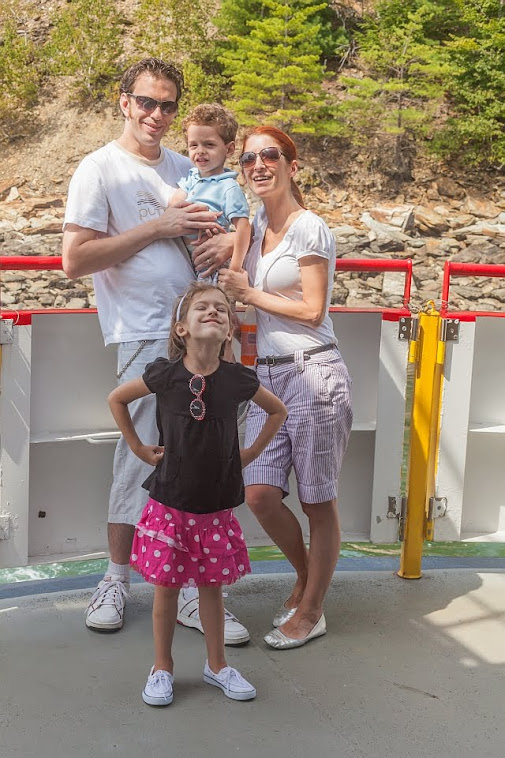#cmc11
It was great to see an Answers in Genesis cartoon in the links for this module, I love their comic strip and their organization does great work with the Creation museum and Christian apologetics. However, anything related to the supposed Spiritual Awakening or the New Age movement is untrue and I was both surprised and disappointed that new age information such as the Sunfell link was presented in this course. Sunfell is a writer for pagan and witchcraft articles by her own admission (Sunfell, 2003). One of the biggest problems I have with spiritualism, the New Age movement, and Moral Relativism is that they claim that there is no such thing as right or wrong, as it claims to be up to the individuals belief system. I understand that I may be one of the few people that disagree with this, but I don't believe that it belongs in a college course even though we are discussing Global communication. The one-minute meditation video was interesting and I would imagine that some people would use a similar technique for prayer instead of just reflecting within our own lives and thoughts.
The World Wide Web has given everyone that has Internet access the means for global communication unlike anything ever before. I think that the rise of spirituality in general has increased when the Internet became popular allowing for individuals to share their beliefs. When people feel connected to others in different parts of the world they feel that it is because they are spiritually connected. There are both positives and negatives to having the ability to affect people in other countries. In this globalized economy I have seen my previous jobs including manufacturing/production, IT help desk, and technical support become outsourced offshore for cost saving reasons. As many corporations are outsourcing offshore to other countries including India, Philippines, and Mexico it becomes much more difficult to provide support in the United States due to the cost. Parts of India's economy is built on having these outsourced call center jobs means that those workers can have a higher quality of life and better provide for their family. The total corporate cost savings is upwards of $30 billion, which can be used to invest in the US. With outsources workers receiving half the wages of a US worker it makes more sense for large companies to go in this direction whenever they can (Call Centers India, 2010).
The positives of a high-speed global communication network are that businesses and individuals can communicate, send files, use cloud computing Web apps to collaborate on projects, and make their productivity more efficient. Countries like China and Russia are well known for their cyber-terrorism acts and constantly produce viruses and other malware including Distributed Denial of Service (DDoS) attacks using botnets targeting government, financial, and private corporations alike. Identity theft is another growing concern in the US and people around the world are trying to commit fraud via spam e-mails, malicious websites, and phishing attempts (Wilson, 2008). On the bright side, we are able to learn about new topics and work with others around the world to pursue higher goals, whether on a personal level, for educational reasons, or for business.
References:
Sunfell (2003).
Who is this Sunfell person, anyway? References from
http://www.sunfell.com/about.htm
Call Centers India (2010).
Outsourcing to India aids US economy. Referenced from
http://www.callcentersindia.com/displaynews.php?idnews=51_Outsourcing_to_India_aids_US_economy
Wilson, Clay (2008).
CRS Report for Congress. Referenced from
http://www.fas.org/sgp/crs/terror/RL32114.pdf
